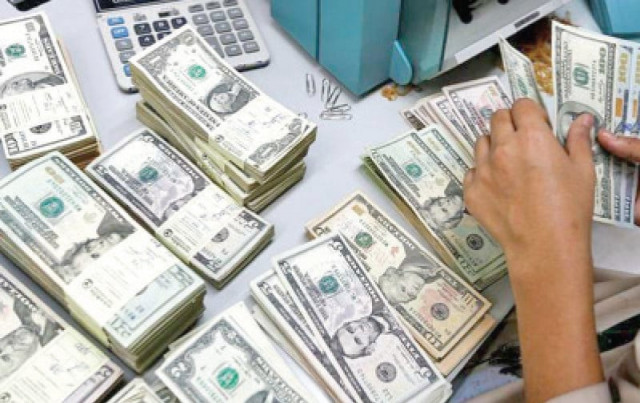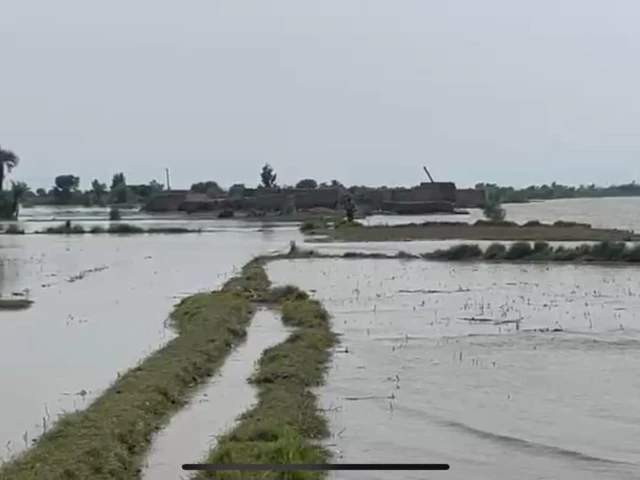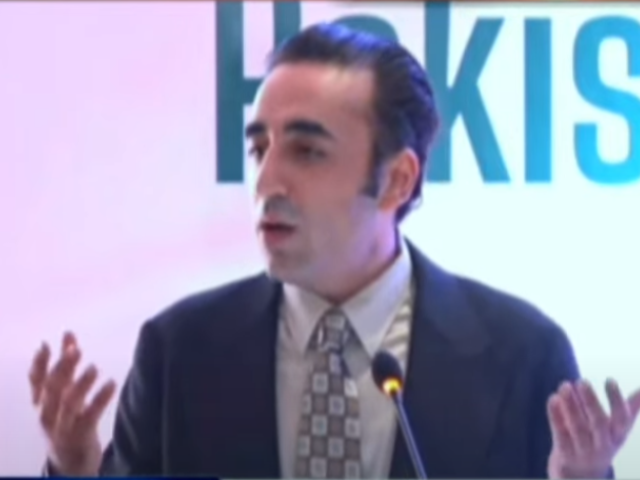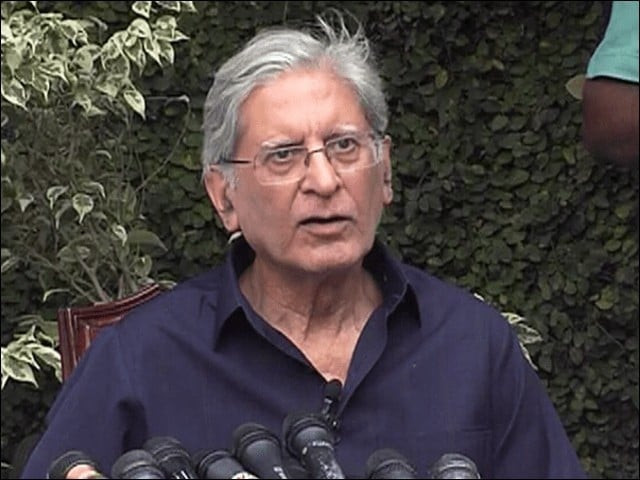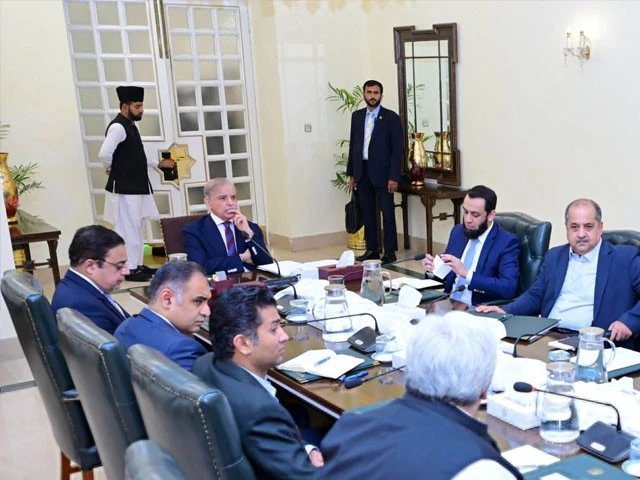Navigating Economic Change: Pakistan’s Journey Towards Stability
Pakistan has been through some pretty rough waters recently. Our economy has faced record inflation, dwindling foreign exchange reserves, and significant external pressures. Just think about it: inflation peaked at a staggering 38% in May 2023, and the country’s reserves fell to a critical low of $4.4 billion, leaving many feeling anxious about the future.
But there’s a silver lining! Thanks to a mix of decisive monetary tightening, structural reforms, and increased external inflows, we’re beginning to see a shift towards stability. During a recent Independence Day event, State Bank of Pakistan (SBP) Governor Jameel Ahmad shared encouraging news about our economic trajectory, emphasizing that we are now moving towards sustainable growth. In fact, he pointed out that inflation has significantly dropped to historic lows, reserves have tripled without piling on foreign debt, and we’ve recorded a current account surplus for the first time in over a decade.
At the heart of this progress was the SBP’s commitment to ensuring monetary and financial stability. Ahmad noted that the recent measures have led to inflation dropping from that high of 38% to around 11.8% by May 2024, and even further down to an impressive 3.2% by June 2025. This was no easy feat, and it required careful planning and strategic decision-making from the central bank.
The SBP did not stop there; they gradually reduced the policy rate from 22% to 11% to reflect the improving inflation outlook. Ahmad stated, “Our monetary policy remains geared towards maintaining the hard-earned gains in price stability, while ensuring inflation remains within 5-7%.” This kind of stability is crucial, as it helps unlock economic opportunities for businesses and individuals alike.
On the external front, there’s good news too. Pakistan’s foreign exchange reserves have increased nearly threefold, climbing from $4.4 billion at the end of FY23 to $14.5 billion by the close of FY25. We’ve also seen a current account surplus of $2.1 billion—the first in 14 years! Not to mention, record-high remittances of $38.3 billion from overseas Pakistanis have significantly bolstered our economy.
Ahmad emphasized the importance of building these reserves to protect against external shocks, and it’s worth noting that this has all been achieved without increasing foreign debt. Plus, international credit rating agencies have taken notice and upgraded Pakistan’s rating, paving the way for more foreign investment.
The journey doesn’t end with macroeconomic measures. Ahmad stressed the importance of embracing technological innovation for financial inclusion. Under the SBP’s initiatives, for instance, Pakistan’s instant payment system, Raast, has been launched as a separate subsidiary to improve digital payment services. They’ve also introduced a framework that allows people to open bank accounts without stepping foot inside a branch, which is a game changer, especially for women.
So, while Pakistan has faced some significant hurdles lately, there’s a lot of hope on the horizon. With ongoing reforms and a commitment to economic stability, we’re moving towards a more prosperous future. If you’re interested in following these developments or learning more about how you can engage with economic opportunities in Pakistan, stay connected with us at Pro21st! Your journey to understanding and harnessing these economic shifts starts here.
At Pro21st, we believe in sharing updates that matter.
Stay connected for more real conversations, fresh insights, and 21st-century perspectives.

